How to Use Lifting Straps
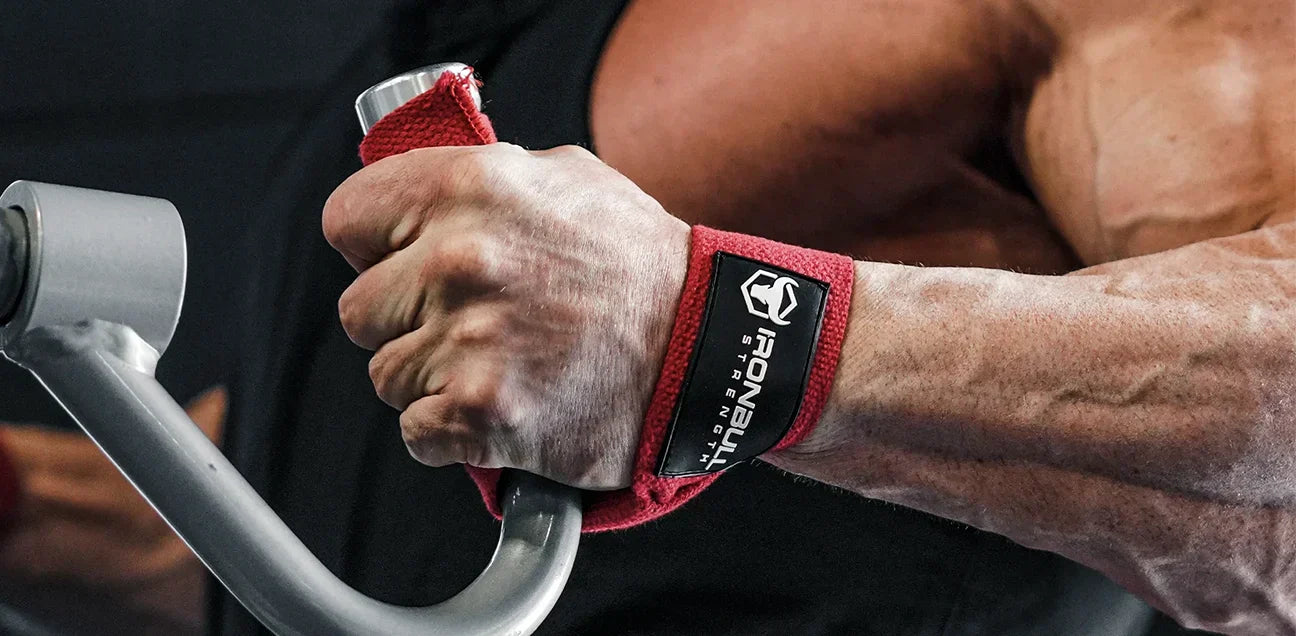
When you start progressing in your strength training, especially with lifts like deadlifts, rows, or pull-ups, you might find that your grip strength becomes the first thing to give out. You can feel your back, legs, or shoulders ready to handle more weight, but your hands simply can't keep up. This is where lifting straps come in. Designed to enhance your grip and allow you to continue lifting heavier without losing control of the bar, lifting straps are a game-changer for anyone looking to push past grip fatigue and focus on their target muscles.

If you're curious about how lifting straps work, when to use them, or how they can improve your performance, you're in the right place. Let’s dive into everything you need to know about them, starting with what exactly they are and how they can help take your training to the next level.
What Are Lifting Straps?
Lifting straps are a popular piece of gym equipment designed to help lifters grip the barbell during heavy lifts. Made from sturdy materials like nylon, leather, or canvas, these straps provide additional support to your grip, preventing it from becoming the limiting factor during exercises such as deadlifts, rows, and shrugs. When your hands start to slip under heavy weights, straps allow you to maintain your grip and continue pushing your muscles to their full potential.
These simple yet effective tools are looped around your wrists and wrapped around the barbell, ensuring a secure grip and reducing strain on your hands. If you're working on lifting heavier weights, especially in compound exercises, straps can be an invaluable aid in your workout routine.
When Should You Use Lifting Straps?
Many lifters wonder when it’s the right time to start using them. While it might be tempting to use them as soon as you start experiencing grip fatigue, it's important to develop your grip strength first. Lifting straps should ideally be used when your grip strength becomes the limiting factor in a lift, not as a replacement for developing natural grip endurance.
For most beginners, it's a good idea to avoid straps initially to allow your grip to strengthen naturally. However, as you start lifting heavier weights, particularly during exercises like deadlifts, rack pulls, and heavy rows, you may notice your grip giving out before your back or legs. That’s when straps come into play. Once you're lifting loads beyond your grip's capacity—say, around 70-80% of your one-rep max—using straps can help you continue progressing.
Another excellent time to use straps is during high-rep sets where grip fatigue is a significant concern. By alleviating some of the grip pressure, straps let you focus on training the target muscle groups effectively.
How to Choose the Right Lifting Straps
There are various types of lifting straps on the market, and choosing the right one depends on your lifting style and personal preference. Here are the most common types of straps:
Figure 8 Straps
These straps are ideal for deadlifts as they loop around your wrist and the barbell, providing maximum security. However, they offer less versatility for other lifts.
Loop Straps
The most versatile option, loop straps are excellent for a wide range of lifts and exercises. They can be easily adjusted and provide a good balance of security and mobility.
Lasso Straps
These are similar to loop straps but feature a longer strap that can be wrapped multiple times around the bar. They offer a tighter grip but may take more time to adjust.
Choose a strap material that feels comfortable on your skin, such as padded cotton for a softer grip, or go with leather or nylon if you prefer more durability.
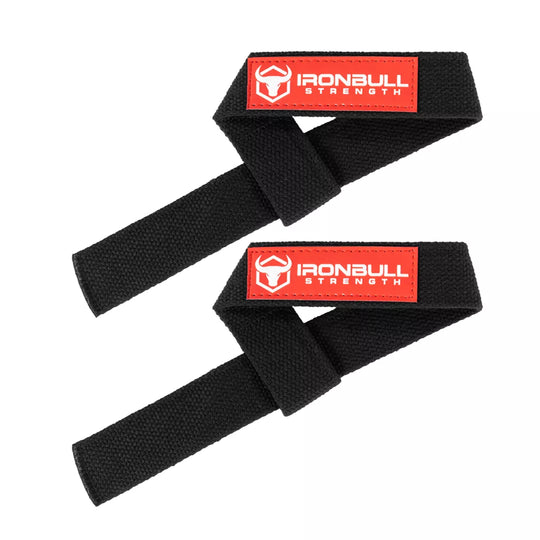
Basic Lifting Straps
$12.50
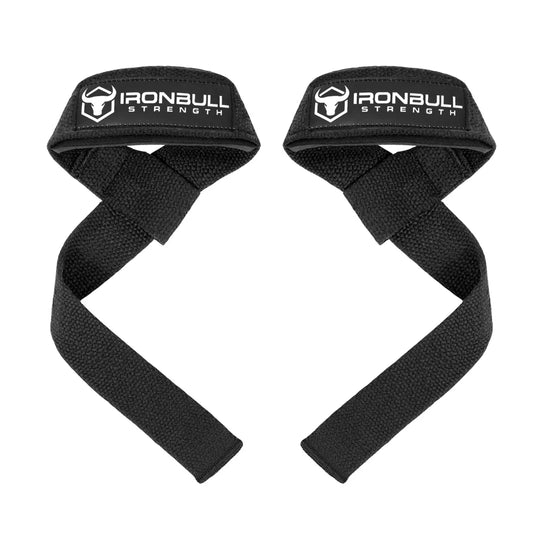
Classic Lifting Straps
$15
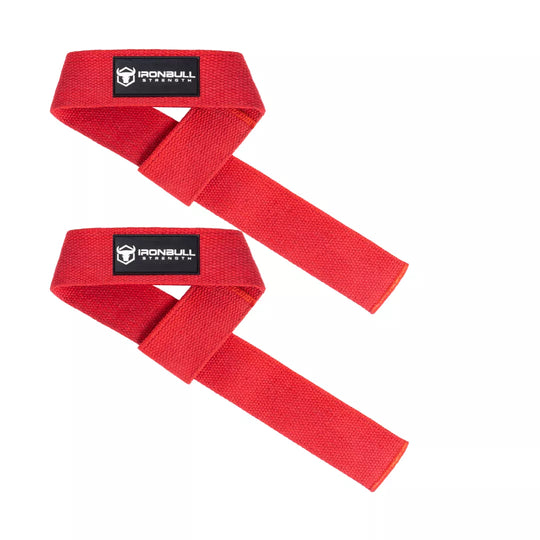
Pro Lifting Straps
$17.50
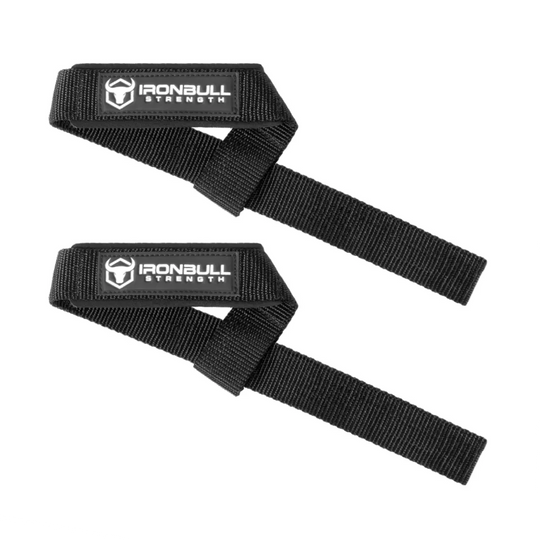
Unleash Lifting Straps
$20

Premium Lifting Straps
$25
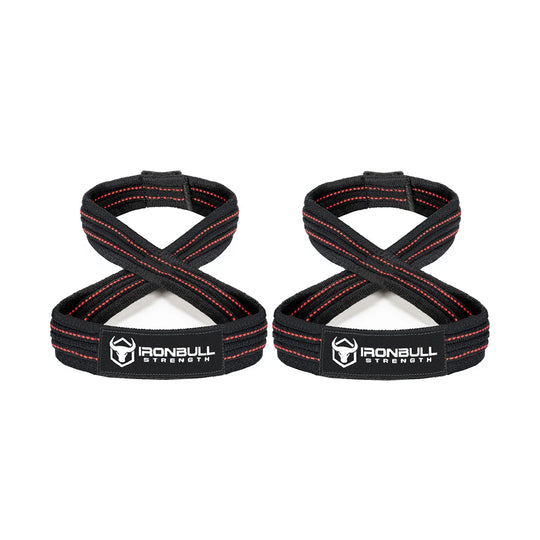
Figure 8 Lifting Straps
$25
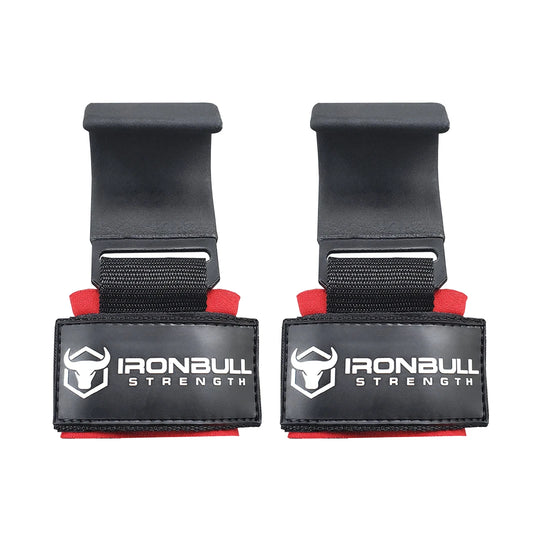
Lifting Hooks
$40
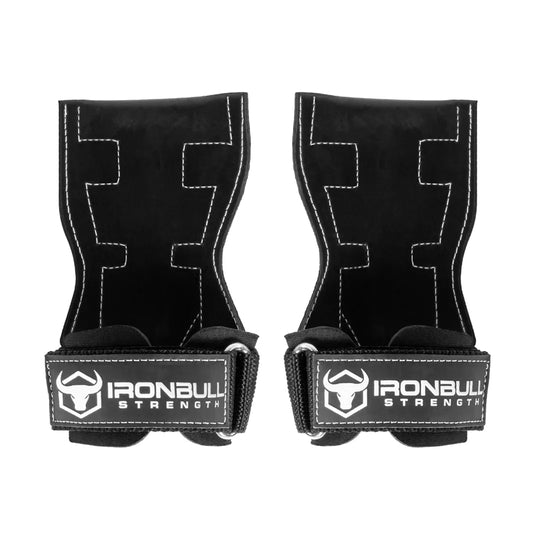
EZ Gripz V2
$50
How to Use Lifting Straps Correctly
Using them properly is key to getting the most out of them. Here’s a step-by-step guide on how to set up and use them:
Create the loop
Start by threading the end of the strap through the loop to create a larger loop for your wrist. Ensure you have one strap for each hand.
Place on your wrists
Slip your hands through the loops and tighten the straps around your wrists. Make sure they feel secure but not too tight.
Wrap the barbell
Once your wrists are strapped in, wrap the loose end of each strap around the barbell. Begin by placing the strap under the bar, then pull it over and wrap it tightly. You only need to wrap it once.
Grip the bar
After wrapping, place your hands on the bar as you normally would. The straps will help you maintain a firm grip as you perform the lift.
Perform the lift
Now you’re ready to lift. The straps will secure your grip, allowing you to focus on your form and strength rather than worrying about slipping.
Always start with the strap on your non-dominant hand to make it easier to secure the second hand. Once strapped in, rotate the bar slightly to tighten the straps if needed.
Best Exercises to Use Lifting Straps
Lifting straps are especially helpful during specific movements where grip fatigue often limits performance. Here are some exercises where using lifting straps is most beneficial:
Deadlifts
This is perhaps the most common exercise where lifting straps come in handy. As the weight increases, it’s often your grip that fails before your back or legs. Straps allow you to pull heavier weight without worrying about losing your grip.
Barbell Rows
Rows can be taxing on your forearms and grip, particularly when working in higher rep ranges. Straps will help you maintain a strong grip throughout your sets, enabling better engagement of your back muscles.
Pull-ups/Chin-ups
If you're training for higher reps, grip can become a limiting factor here as well. Lifting straps will help you complete your sets without having to stop due to forearm fatigue.
Shrugs
Since shrugs target the traps and don’t require a dynamic movement of the bar, lifting straps ensure your grip doesn’t give out before your traps are fully worked.
Common Mistakes to Avoid
While straps are a fantastic tool, there are some common mistakes lifters make when using them:
- Over-reliance on straps: One of the biggest mistakes is becoming too dependent on straps, which can lead to underdeveloped grip strength. Use them wisely and only when necessary for heavy lifts.
- Incorrect wrapping: If you don’t wrap the straps tightly enough, they won’t provide the grip assistance you need. Ensure the straps are secure before you start lifting.
- Using them too early: Beginners should focus on building grip strength before introducing lifting straps. Start using them only once your grip becomes the limiting factor.
- Not rotating the bar: After strapping in, always rotate the bar to ensure the straps are tight enough to hold your grip throughout the lift.
Are straps the same as wrist wraps?
It’s common for new lifters to confuse straps with wrist wraps, but they serve different purposes. Straps are used to assist grip during heavy lifts by securing your hands to the bar. On the other hand, wrist wraps are designed to provide support to your wrists during pressing movements, such as bench presses and overhead presses.
Related: How to Use Wrist Wraps
Are straps only for advanced lifters?
No, beginners can use straps too, but it’s important to develop grip strength naturally first. Once grip becomes the limiting factor in your lifts, straps can be introduced to help you progress with heavier weights.
How tight should lifting straps be?
Your straps should be tight enough to provide support but not so tight that they cut off circulation or cause discomfort. You should feel secure and in control while lifting.
Can lifting straps prevent injuries?
Lifting straps help reduce grip fatigue, which can minimize the risk of dropping weights. However, they won’t prevent injuries caused by poor lifting form, so always prioritize proper technique.
How often should I use lifting straps?
You should use straps during heavy sets or high-rep work where your grip is the limiting factor. Avoid using them during warm-up sets to help build natural grip strength.
Do lifting straps weaken grip strength?
If overused, straps can hinder grip strength development. It’s important to balance strap use with regular grip training to maintain a strong grip.
Are lifting straps allowed in competitions?
In most powerlifting and weightlifting competitions, straps are not permitted. You should train without straps if you plan to compete to ensure your grip strength is competition-ready.


